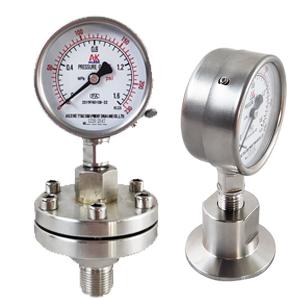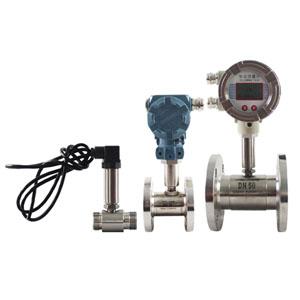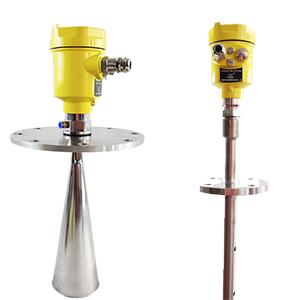Principle and application of radar level gauge
Working principle of radar level gauge
The radar level meter uses a high frequency oscillator as the radar wave generator. The radar wave generated by the generator is led to the radar antenna through the waveguide tube, and then propagates outward. When the radar wave reaches the detected liquid level, one part is absorbed and the other part is reflected back to the radar antenna for receiving. The liquid level measurement is realized by establishing the functional relationship between the transmitted wave and the reflected wave. Based on two different measuring principles, the radar level gauge can be divided into two types: time domain pulse radar level gauge and frequency modulated continuous wave (FMCW) radar level gauge.
Pulse radar liquid level meter is based on time measurement, which can only be cut by infinite approximation in physics. Pulse method is an analog technology, which can only provide lower measurement accuracy, and its advantage lies in relatively low manufacturing cost. Frequency modulation continuous wave radar liquid level meter is based on frequency measurement, and frequency is digital, which can be cut and measured accurately. Frequency modulation continuous wave method is a numerical method Digital technology can provide good measurement accuracy and stable output signal.
Application of radar level gauge
As an intelligent liquid level measurement instrument, radar liquid level meter has played an advantage in the application of tank area measurement. It has the advantages of non-contact measurement, large measurement range, high precision, simple installation, and meets the requirements of accuracy, reliability and stability of tank area measurement





